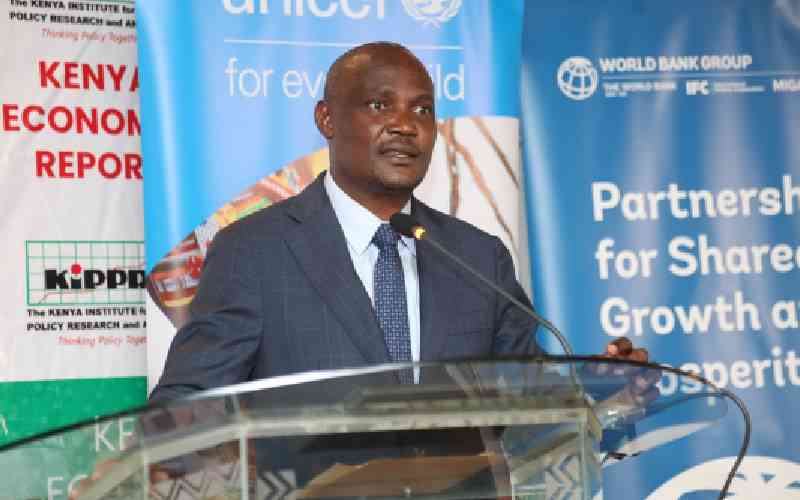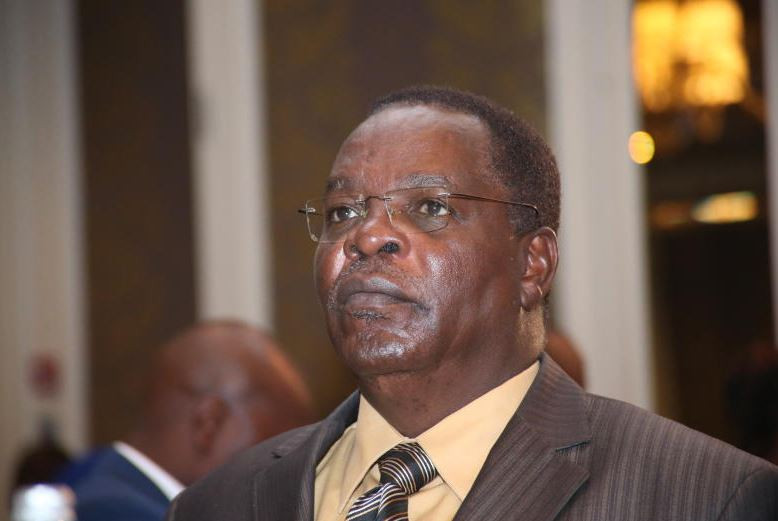×
The Standard e-Paper
Join Thousands of Readers

One month after its rollout, the new Social Health Authority (SHA) is exposing critical gaps in the nation's healthcare system, leaving thousands of vulnerable patients stranded and healthcare providers increasingly frustrated, as the Ministry of Health waxes lyrical about its success.
The transition from the National Health Insurance Fund (NHIF) to SHA has been anything but smooth.








